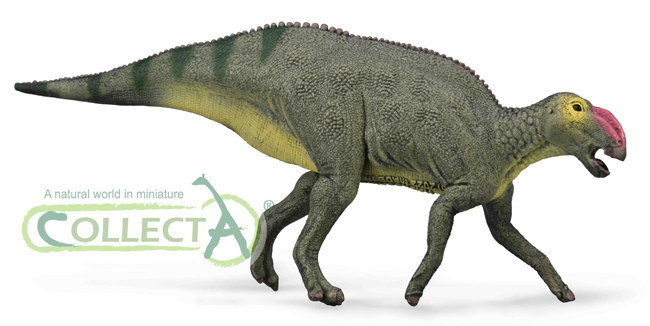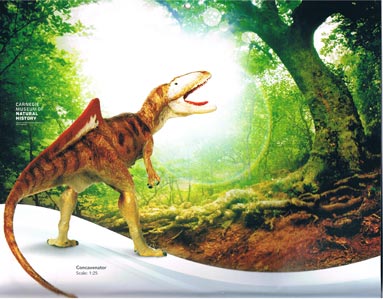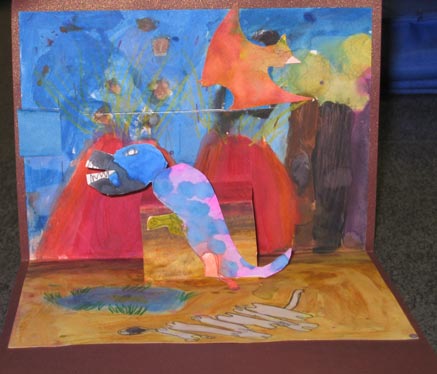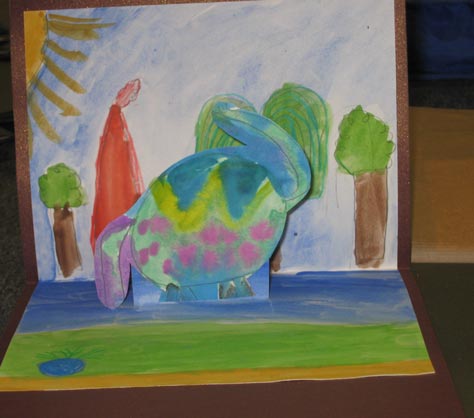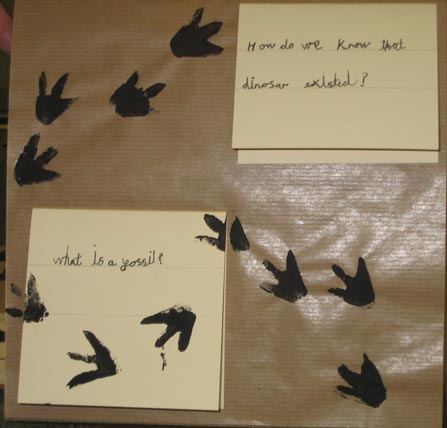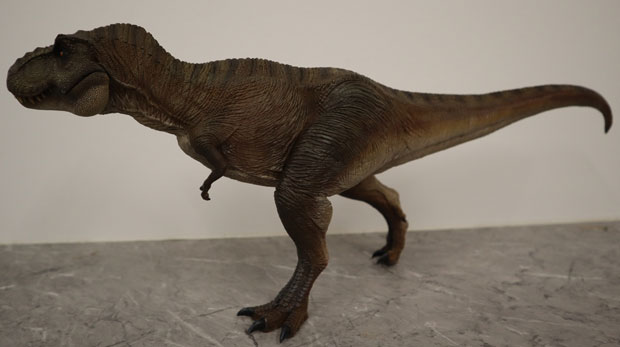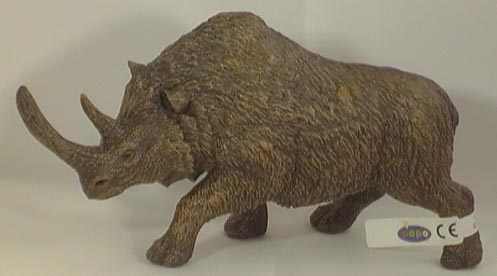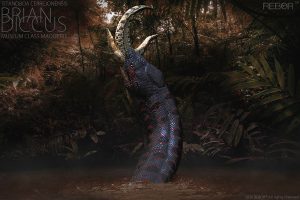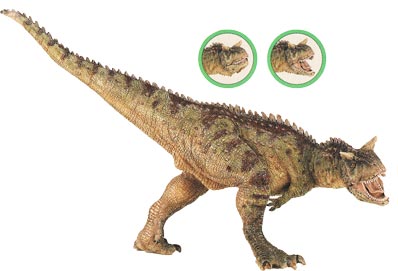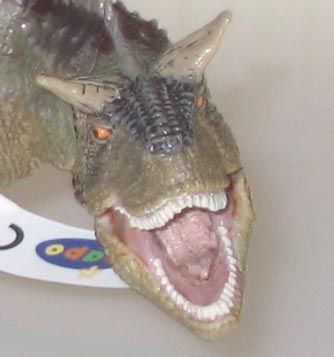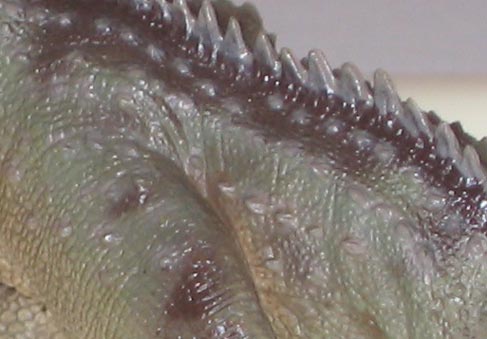Dinosaur Statue in America – A “Hidden Gem”
Celebrating America’s First Dinosaur – Hadrosaurus foulkii
When discussing dinosaur discoveries made in the United States it conjures up thoughts about long treks into the western United States to explore the strata of states such as Utah, South Dakota, Colorado or the “Bad Lands” of Montana. These parts of America have indeed proved to be a rich hunting ground for palaeontologists. The rivalry between Cope and Marsh leading to the discovery of a great many dinosaur genera from the western part of that vast country during the 19th century has been very well documented.
American Dinosaur Discoveries
Many of these genera are household names, known to every school child and represent some of the most famous dinosaurs of all – Stegosaurus, Allosaurus and Diplodocus for example. However, the very first United States dinosaur discovery did not take place in the west, the small town of Haddonfield in New Jersey on the eastern seaboard can lay claim to be the location where the first scientific excavation of a dinosaur fossil took place.
The small town of Haddonfield, which stands a couple of miles east of the Delaware River and just a few miles from the centre of Philadelphia, celebrated back in 2008, the 150th anniversary of the discovery, excavation and scientific description of the first major dinosaur find in the United States of America. Amateur naturalist William Parker Foulke had discovered some very large fossilised bones in a marl pit the location of which is now in the centre of the town (Maple Avenue) and commemorated by a plaque and a civic bench. There had been dinosaur fossils found in America prior to this, however, this was the first time that a large portion of the fossilised bones from a single specimen had been found.
Hadrosaurus foulkii
Dr Joseph Leidy (University of Pennsylvania), an eminent anatomist, was given the task of working out what the bones represented. The Order Dinosauria had been erected some sixteen years previously and Dr Leidy announced that the fossilised material represented the preserved remains of a giant, herbivorous dinosaur. He named this new genus of dinosaur Hadrosaurus foulkii to honour William Parker Foulke who had discovered the fossils. Thus, H. foulkii became the first member of the Order Dinosauria to be described in the United States, the town of Haddonfield, New Jersey, can lay claim to be being the birth place of dinosaur studies in America.
Unfortunately, the specimen excavated from the marl pit in Haddonfield, lacked a skull and the lack of any cranial material partially explains why this specimen has been omitted from a number of academic texts.
Dinosaur Statue
A two and quarter metre tall statue of a Hadrosaurus was erected in 2003 to commemorate the discovery. This statue, designed by artist John Giannotti stands at 2 Kings Court in the centre of Haddonfield and the statue of the dinosaur is known affectionately by locals as “Haddy the Hadrosaurus”. The magazine “USA Today” has declared this little homage to American palaeontology a hidden gem, a real honour when one considers the historical importance of the American eastern seaboard. At just under six metres in length, it might be thought that this dinosaur statue could be seen as menacing passers-by, but as every school child in the town will tell you, Hadrosaurus was a peaceful, plant-eating giant.
A Model of Hadrosaurus foulkii
To view the not-to-scale CollectA model range: CollectA Age of Dinosaurs Figures.
The bronze statue of the dinosaur with its commemorative plaque and story board explaining which bits of the duck-billed dinosaur were actually found, is a tourist attraction and local landmark. It is pleasing to see a statue erected ten years ago to mark an event that took place more than one hundred and fifty years back has been awarded such an accolade by such a prestigious organisation as “USA Today”.
Commenting on the award, the artist Mr Giannotti declared:
“I think it is wonderful. It’s a nice tribute, I like the idea of it being considered a hidden gem.”


